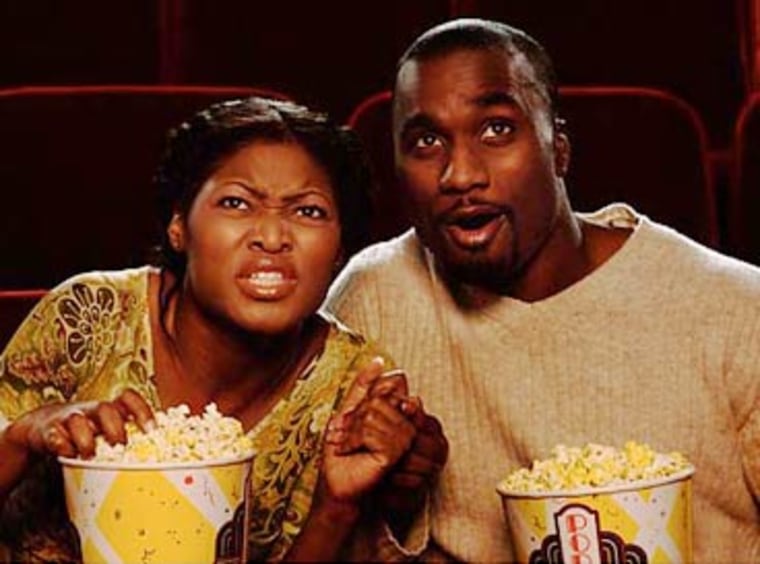Car chases in the movies aren’t what they used to be. Computer-generated effects tend to kill suspense and surprise and turn the experience into something as artificial as a video game. When everything can be faked, the “wow” factor disappears.
Although the Keystone Kops practically invented the genre nearly a century ago, the golden age of car chase movies arrived in the late 1960s/early 1970s, when filmmakers played a ruthlessly competitive game of topping each other (and sometimes even their own previous films) with daredevil stunt work, car demolition and freeway traffic improvisations.
Some of the more expensive pictures died from overkill (“Freebie and the Bean” and “The Blues Brothers” seemed determined to set new records for destructiveness). The more ingenious ones used creative staging and cutting to create excitement, often winning Academy Awards for their film editors. Here are 10 of the best, beginning with a mid-1950s film that proved surprisingly influential:
“Rebel Without a Cause” (1955). Perhaps no other car-chase movie has matched the emotional impact of Nicholas Ray’s teen drama about alienated California kids flirting with death. The key scene involves a “chickie run” between the star (James Dean) and Natalie Wood’s boyfriend (Corey Allen). It all ends badly, with a car bursting into flames as it crashes over a cliff; the single fatality haunts the survivors and the audience for the rest of the film.
“Grand Prix.” (1966). John Frankenheimer’s three-hour Cinerama epic features an underused all-star cast and a mediocre script, but the Monte Carlo racing scenes are sensational, especially when presented in their original wide-screen format (which includes plenty of split-screen work). Four film editors deservedly took home Oscars for their work. Other racing movies (“Le Mans,” “Days of Thunder”) pale in comparison.
“Bullitt” (1968). Philip D’Antoni, who went on to produce “The French Connection,” warmed up for it with this Steve McQueen crime drama, set in San Francisco, where the steep hills seem to yearn for cars to go sailing over them. The director, Peter Yates, makes the most of the locations, especially during a gravity-defying chase sequence that earned an Oscar for its editor, Frank P. Keller.
“The French Connection” (1971). Without its nerve-wrackingly real chase sequence, filmed on New York streets, William Friedkin’s surprise box-office smash might not have collected Oscars for best picture, director and film editing (by Jerry Greenberg). Friedkin claimed the chase was edited to the music of Santana; perhaps that explains why it remains uniquely engaging. It’s definitely got rhythm.
“Duel” (1971). Steven Spielberg’s career took off with this exciting adaptation of Richard Matheson’s allegorical road-rage story about a salesman named Mann (Dennis Weaver) who gradually realizes that a menacing truck (apparently without a driver) is determined to run him off the road. Originally shown on television at 73 minutes, it was expanded for theatrical release.
“What’s Up, Doc?” (1972). A clever spoof of “Bullitt’s” chase is one of the high points of Peter Bogdanovich’s screwball comedy starring Barbra Streisand as a woman who will stop at nothing to land Ryan O’Neal. Bogdanovich also pays tribute to silent comedians with a parade of borrowed sight gags, including the perfectly timed buildup to the shattering of a huge plate glass window.
“The Sugarland Express” (1974). Steven Spielberg’s official big-screen debut, based on the true story of a fugitive couple chased by police and an army of Texan bystanders, is less intense but more poetic than “Duel.” By treating everyone fairly, including a kidnapped cop and the obsessed woman who started it all, Spielberg makes the chase and its consequences that much more involving.
“Death Race 2000” (1975). The cheapest item on this list (in more ways than one), Paul Bartel’s satirical thriller focuses on a government-sponsored race in which the contestants get points for killing pedestrians as they race across the country. The result is an irresistible bad-taste classic, with a caped, rebellious David Carradine playing a modern gladiator who calls himself Frankenstein.
“The Terminator.” (1984). The science-fiction classic that made a star of Arnold Schwarzenegger is essentially one long chase sequence, with the star playing a terrifying robot with murder on its mind. Director James Cameron expertly sustains it without revealing the low-budget origins of the picture. He also directed the solid, far more costly sequel, which is not as lean and mean as the original.
“To Live and Die in L.A.” (1985). Following several failures, Friedkin tried to top his own “French Connection” with a chase sequence that remains a unique, jaw-dropping spectacle. Several directors have attempted to equal what he does here with a rush-hour freeway chase, in which the hero drives head-on into six-lane traffic; none have succeeded in capturing the original’s heightened sense of reality.
John Hartl is film critic for MSNBC.com.
